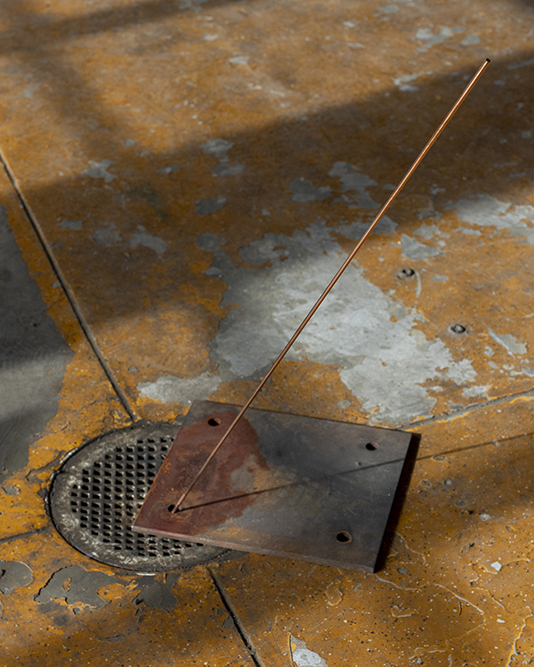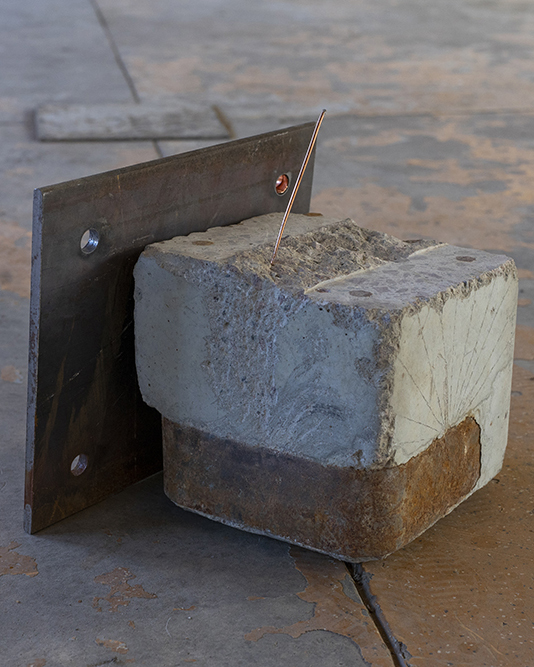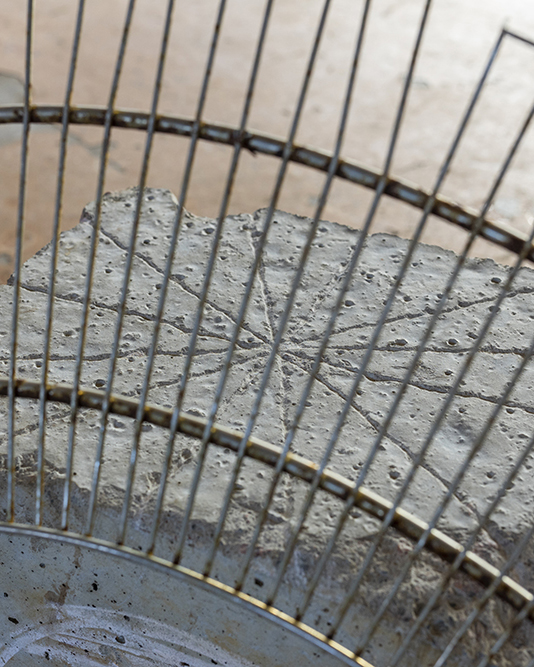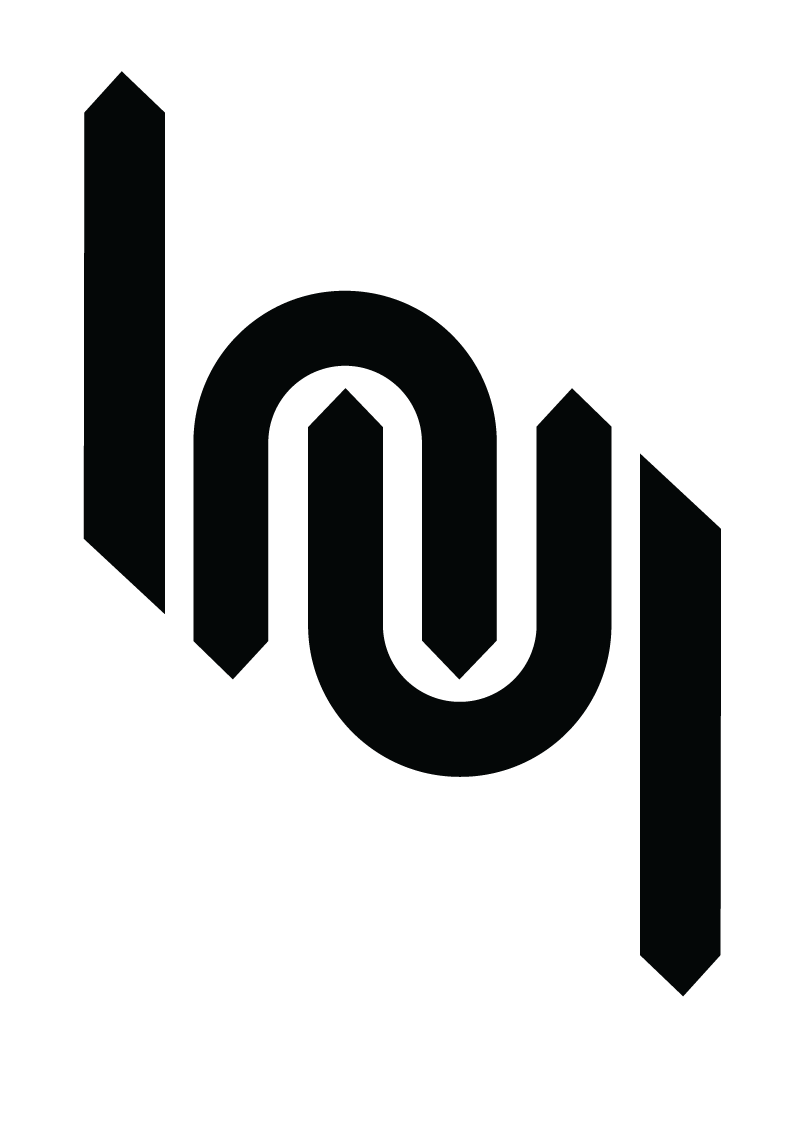Any Remaining Scenes
PARTICIPATING ARTISTS

This year’s participants spent the period from mid-May until mid-July developing new works with and through the particular ecosystem of the parish. The communal and remote nature of the program allowed for thoughtful experimentation and engagement with the landscape, the local community and the rich history of Älvsbacka, beyond conventional art making and exhibiting structures. (read more)
Things got out of hand, a prologue to Kontrewers
Digital video, 16’; Crepe paper with acetone print.
(Voices generously provided by Jacob Dwyer, Giorgos Tsiongas, Sigrún Gyða Sveinsdóttir)
Zuza Banasińska is working on Kontrewers, a work inspired by a mysterious stone with neolithic petroglyphs found in Poland in the ’90s. Since then, the stone has been closely inspected by archeologists, ufologists, local governments, dowsers, among others. In Kontrewers, Zuza allows the stone to escape, setting it free from the entanglement of interpretations that were layered upon it by many speculators over the years. During their time at Hybrida, Zuza has been building an audiovisual world that encapsulates layered scenes made in Unreal as well as staged and documentary footage. They have also been working with print, coating, overlaying, and playing with what they call sedimentation of meanings.
Born in Warsaw, Poland and currently based in Amsterdam, Zuza explores layers of realities and power dynamics sedimented within images. Through essay films, installations, game engines, sound, and sculpture they create intricate worlds, stemming from a speculative (re)construction of archives.
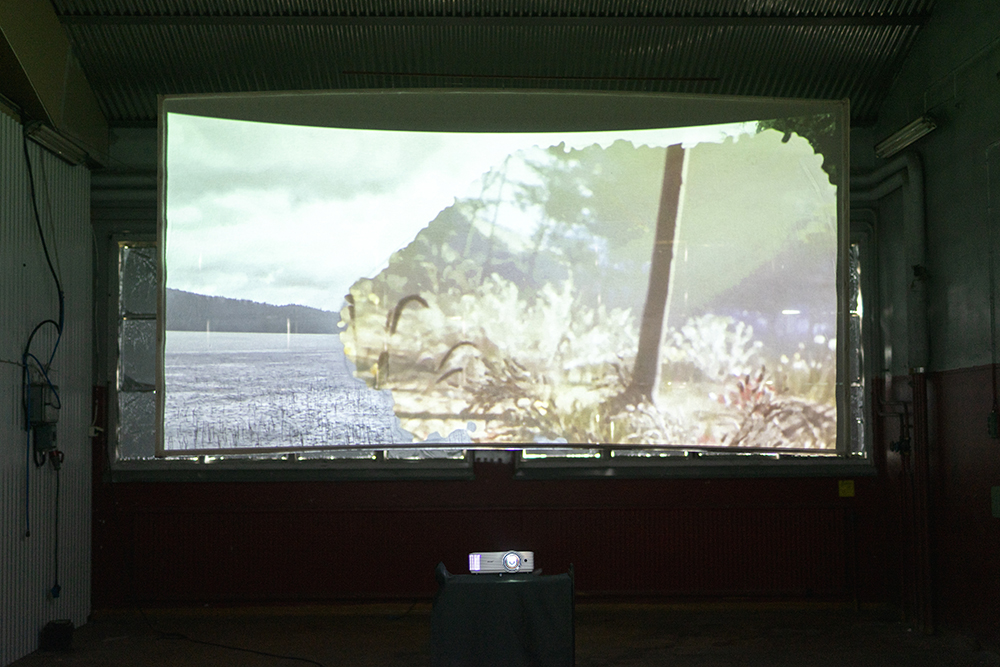


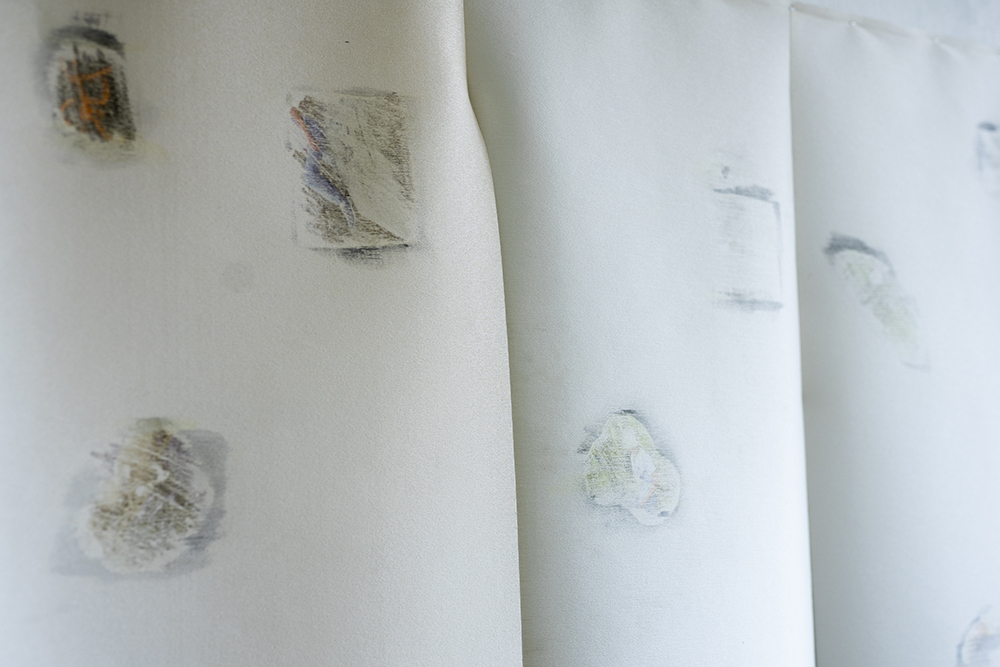
One Thousand Dead Beetles
Audio walk, 25’
Headphones, mp3 player, mosquito suit.
One Thousand Dead Beetles is a thirty-minute audiowalk. It was recorded in the forests surrounding Hybrida throughout Jacob’s residency. To experience the work, visitors are invited to put on headphones and be guided away from the exhibition space into these forests. Leading them on their journey is a voice who, standing amongst the spruce trees, wonders what’s behind the bark.
Jacob Dwyer is an artist based in Amsterdam. Using moving-image, audio and writing, his work often centres around personal encounters that could equally be seen as fables or heresy.
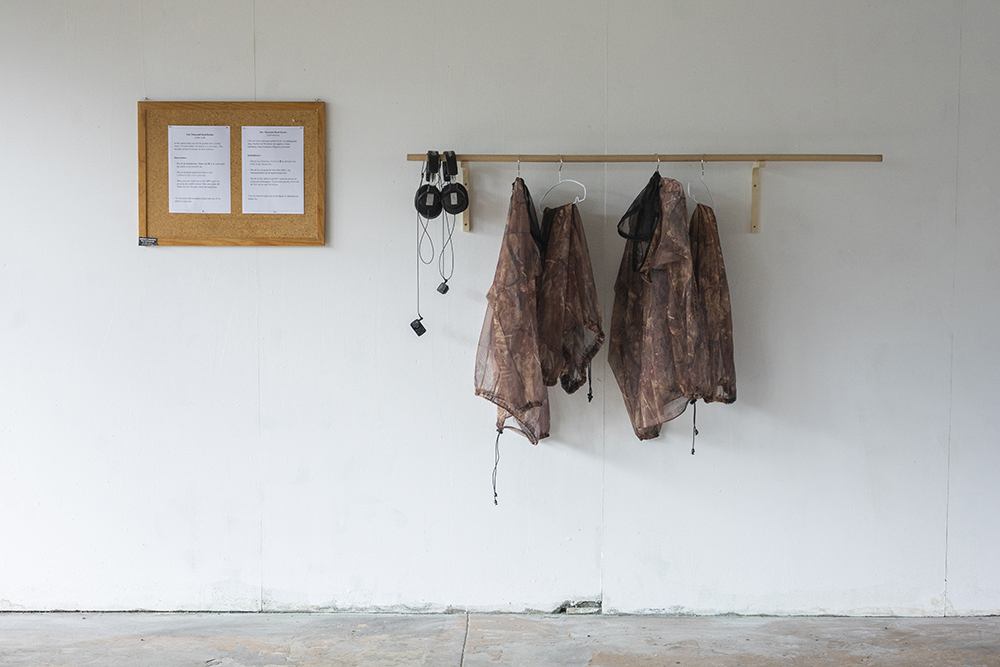

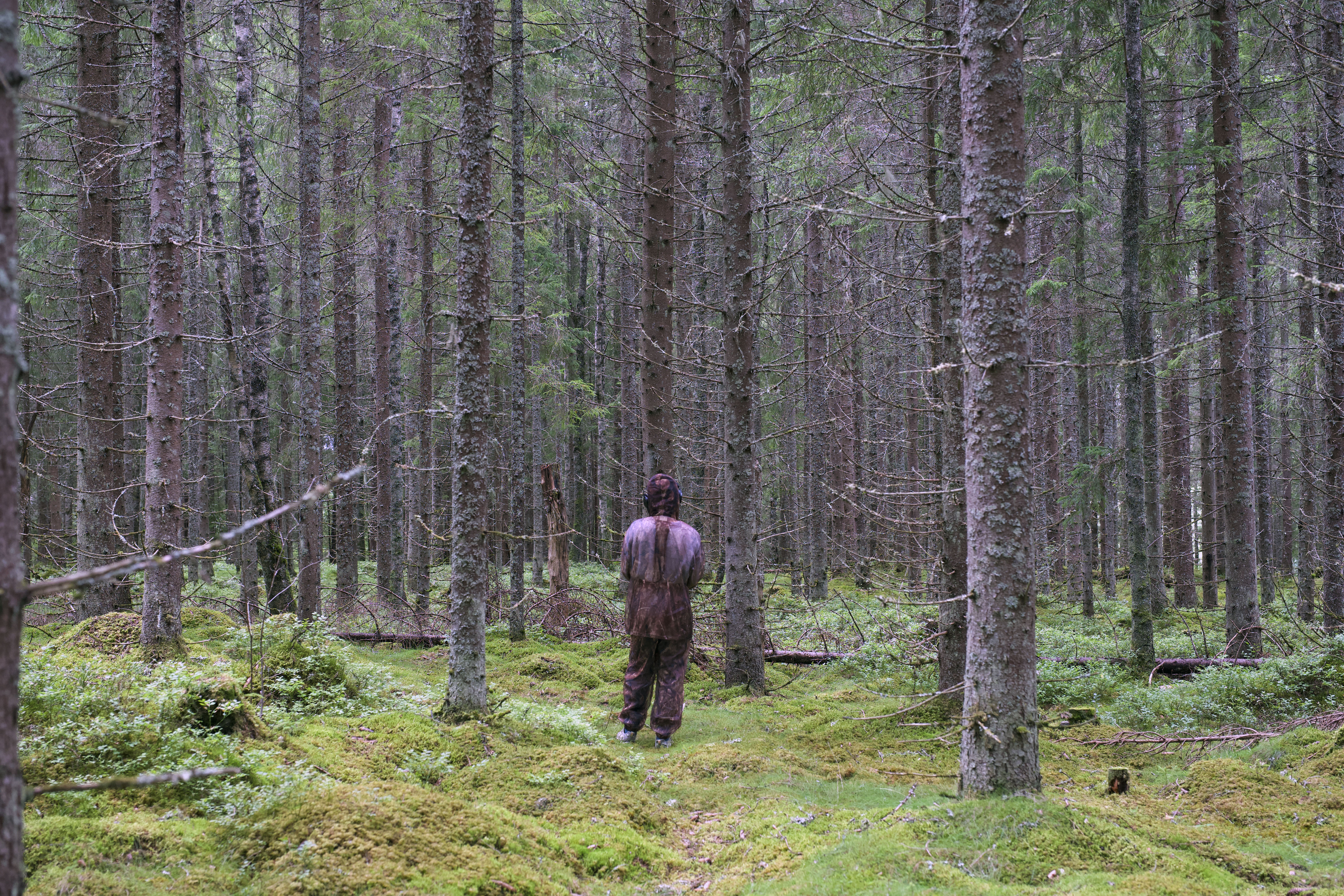
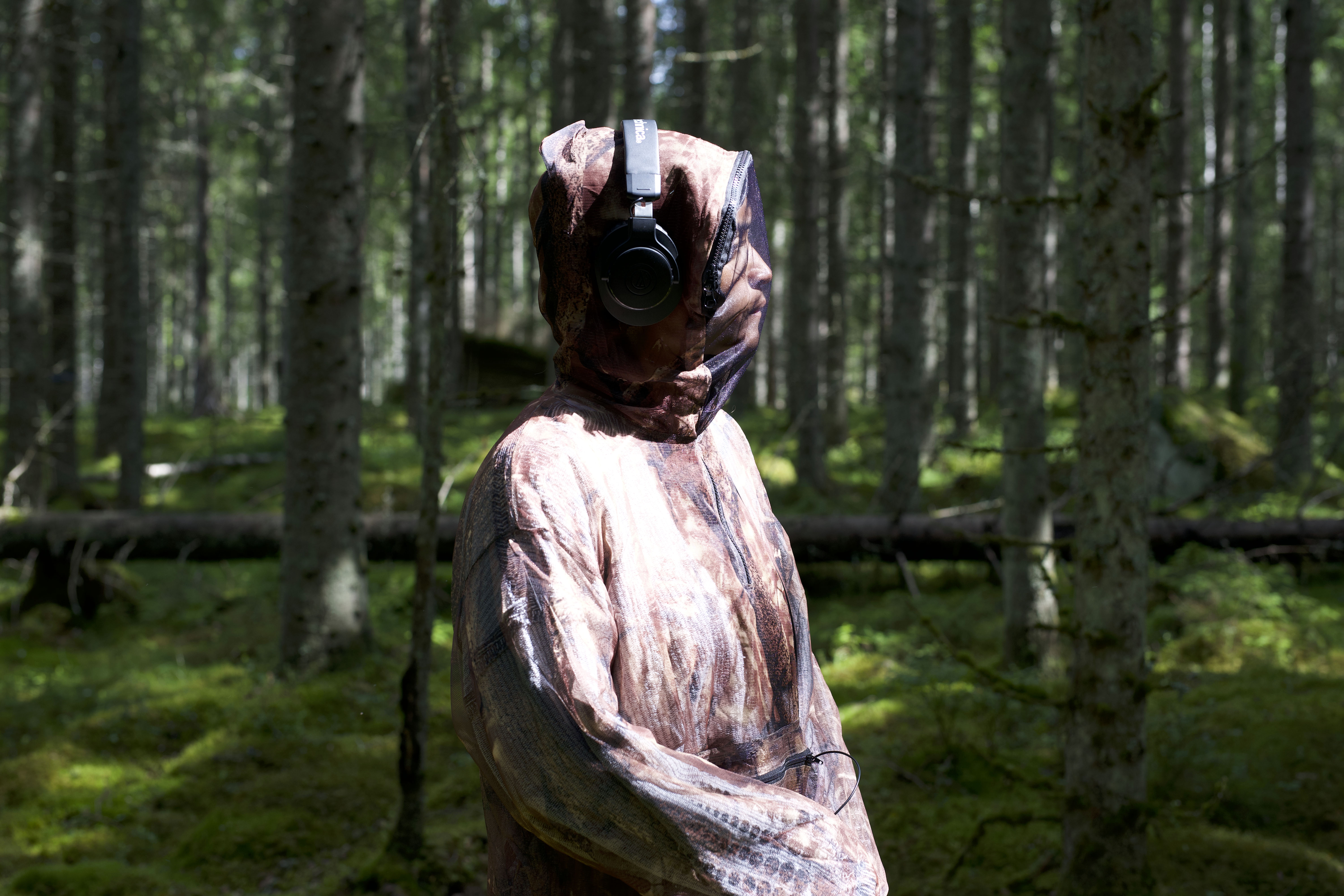
Pulsation douleur-joie
Installation
Stained glass, soldered copper, steel and chain.
Inspired from mediaeval references, where the wolf is portrayed as a devilish beast “raging about with tooth and claw,” the installation works as a dynamic still-life interweaving good and bad through excess. The creature and wilted flowers seem to devour each other, making tensions between play and violence, voracity and tenderness, power and fear visible. The overlapping of opposing states is intensified by the contrasting materiality of glass—both hard and sharp, yet fragile and radiant.
Lucie Gottlieb is a French artist and cultural professional based in Stockholm, Sweden. She works principally with stained-glass and curates exhibitions and public moments exploring affective notions such as grief and loss, place attachment, and ritualism.
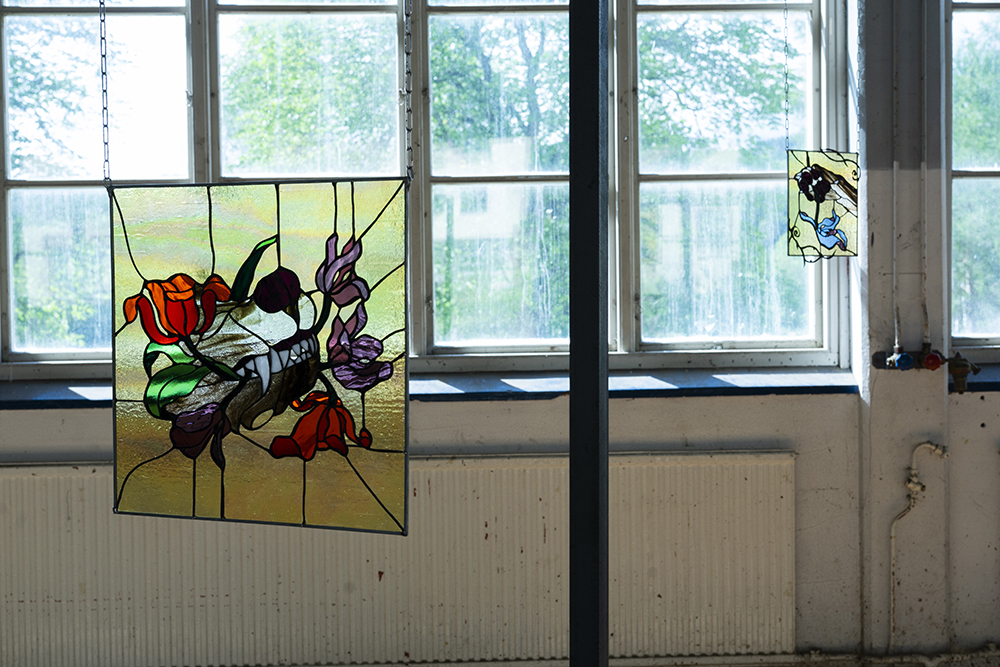
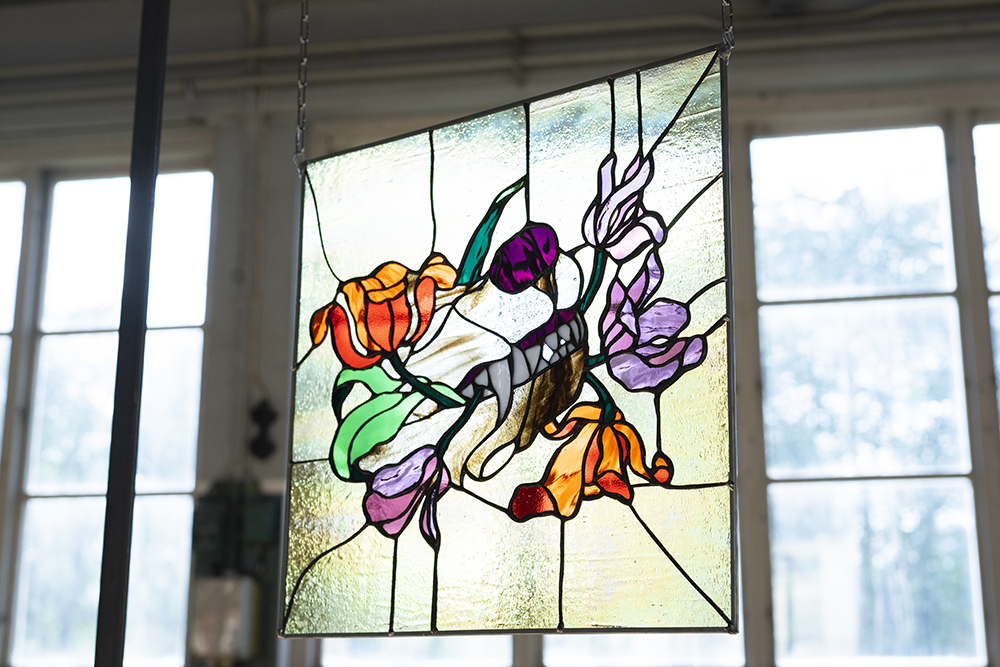
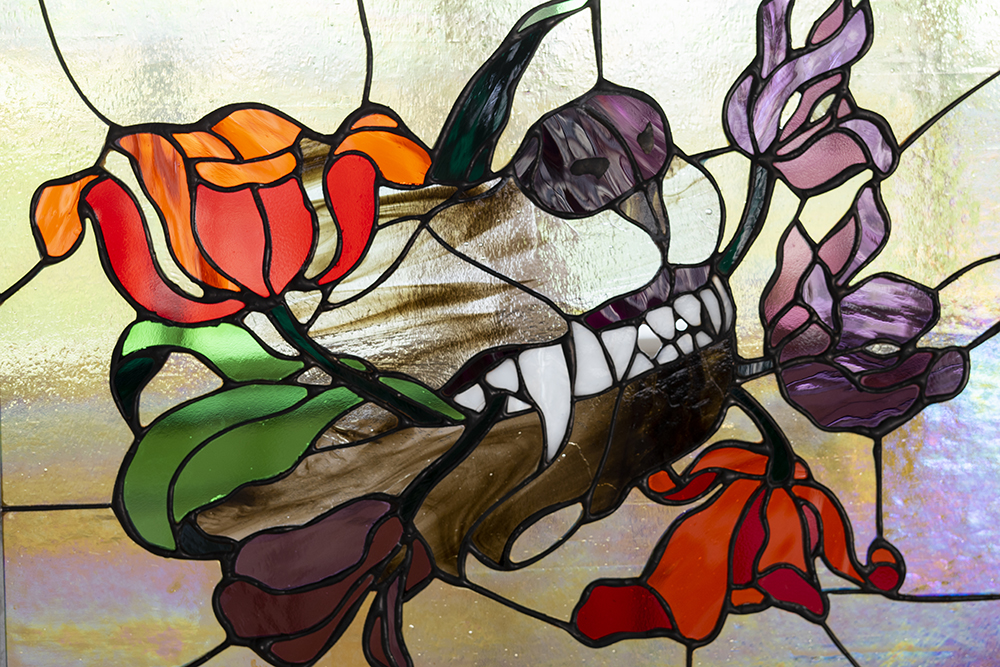

With a cupped hand
Sculpture, Installation
Fired and unfired local natural clay and lightweight concrete blocks.
For a long time I've been looking to expand my material knowledge and I have been particularly curious about clay. Ahead of the residency I did some research about the geological nature of the area and was happy to learn there was glacial clay in the area. From this point on I focus my research on the basics of pottery and wood firing. Without any significant experience working with clay, I started to make the tools I thought I would need. Hand and mind should work in tandem as they learn from each other. I see the works produced during my stay here as experiments and a new starting point for future works.
David is a Norwegian artist based in Bergen. He works in various mediums, primarily, with photographic and graphic techniques, sculpture, and installation. Rios has a philosophical, empirical, and academic approach to his practice. His artistic practice is project- and research-based. He wonders and raises questions, researches, experiments, deconstructs and - from that - reconstructs.
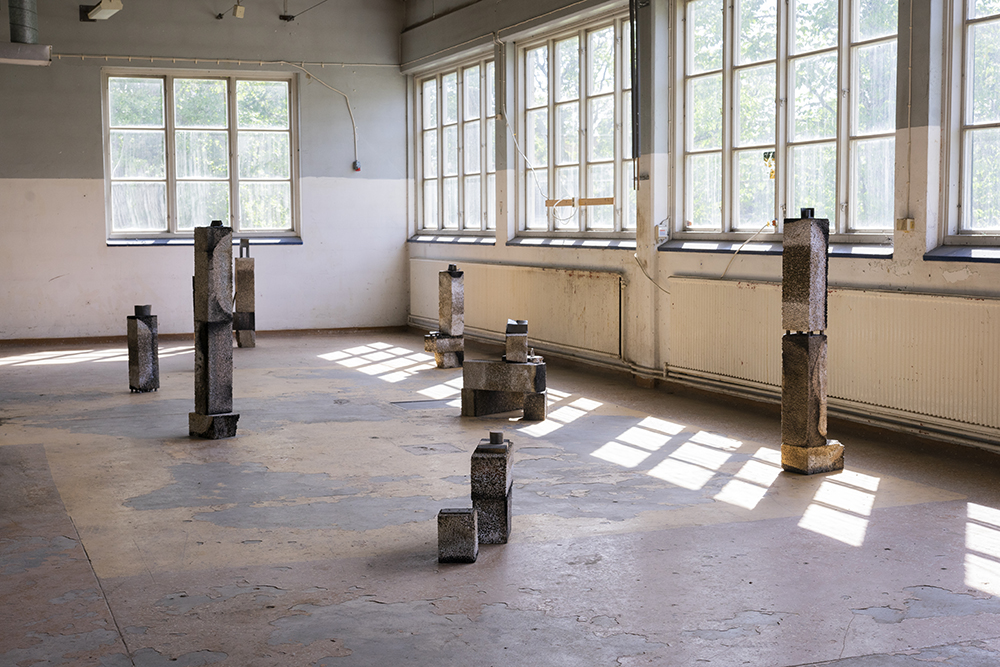
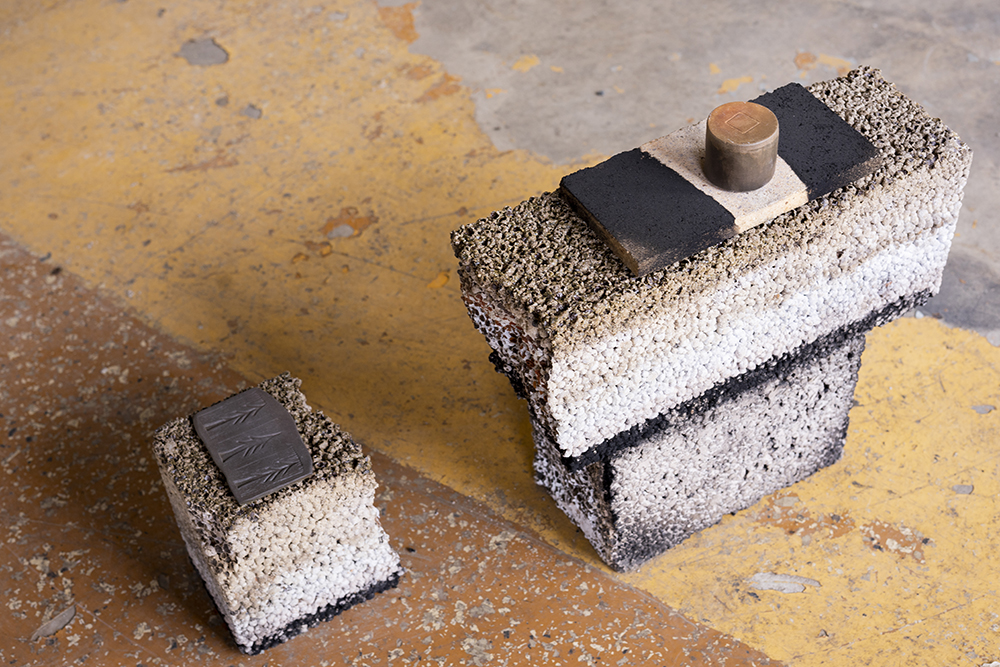

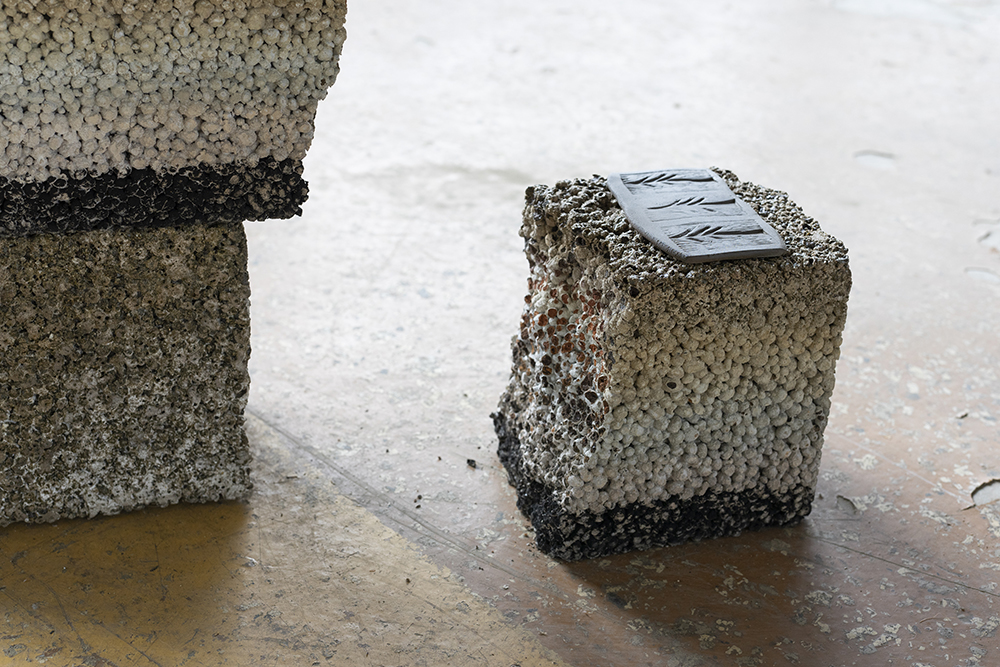
Semblance of a Crowsong
Interactive installation
Video game, embroidery, hay
During this year’s residency Tomas Sjögren has developed a video game that doesn’t need a player. The enigmatic protagonist, Scarecrow, embarks on a journey of self-liberation, breaking free from the puppet strings of the gamer's control. Through an introspective dialogue with a crow, they confront an existential crossroads, grappling with questions of purpose, meaning, and the ever-encroaching entropy of being that stretches all the way into their virtual whereabouts. In an act of goodwill, Tomas has bestowed Scarecrow with an embroidered physical texture map to wear, a token serving as a tangible reminder of the expansive reality that lies beyond the boundaries of their simulated world.
Tomas creates video games and interactive installations that playfully challenge the notion of virtual worlds as mere extensions of our natural reality, instead delving into the possibility that they possess their own distinctive nature, sensibilities, and hidden mythologies, waiting to be unveiled.
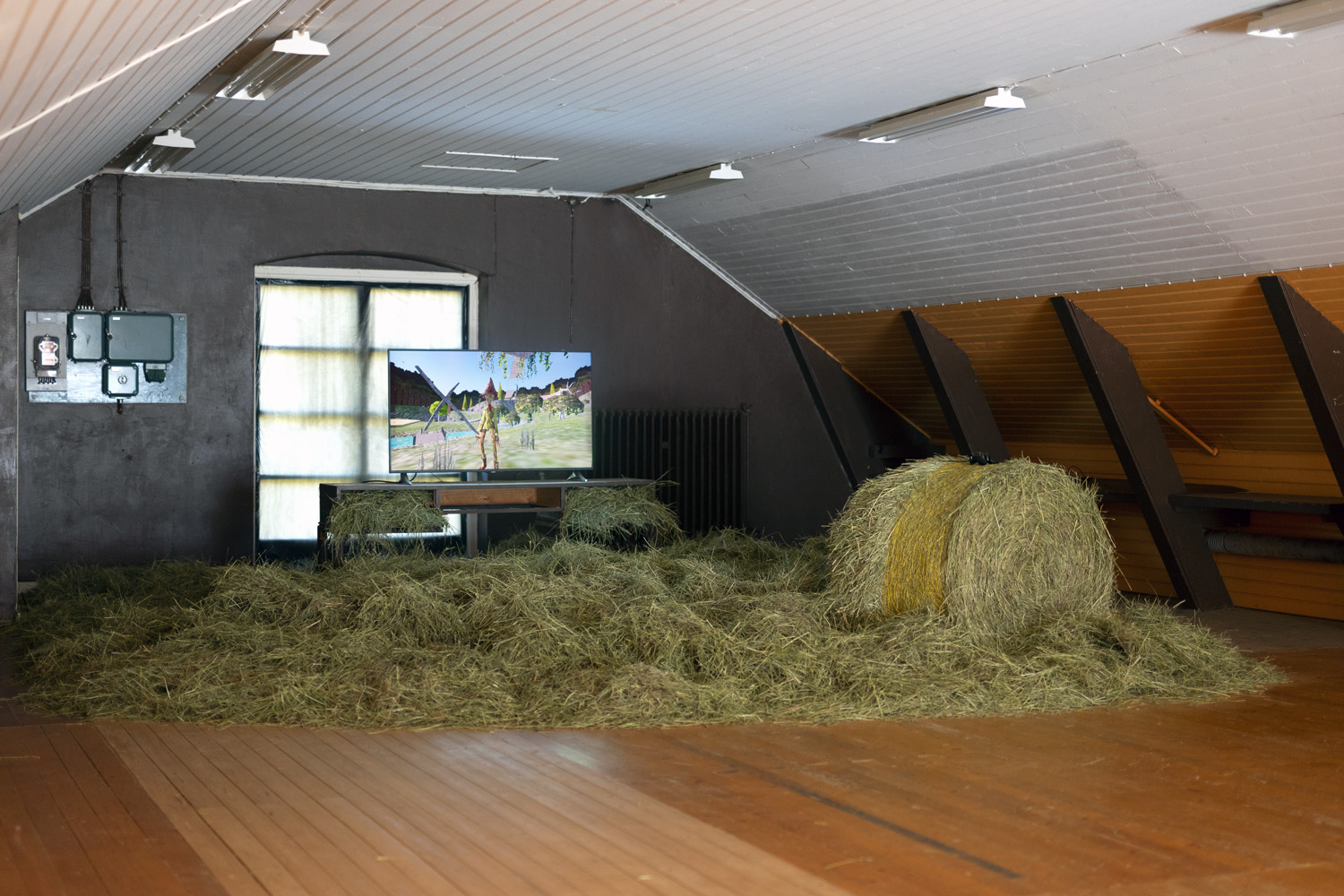
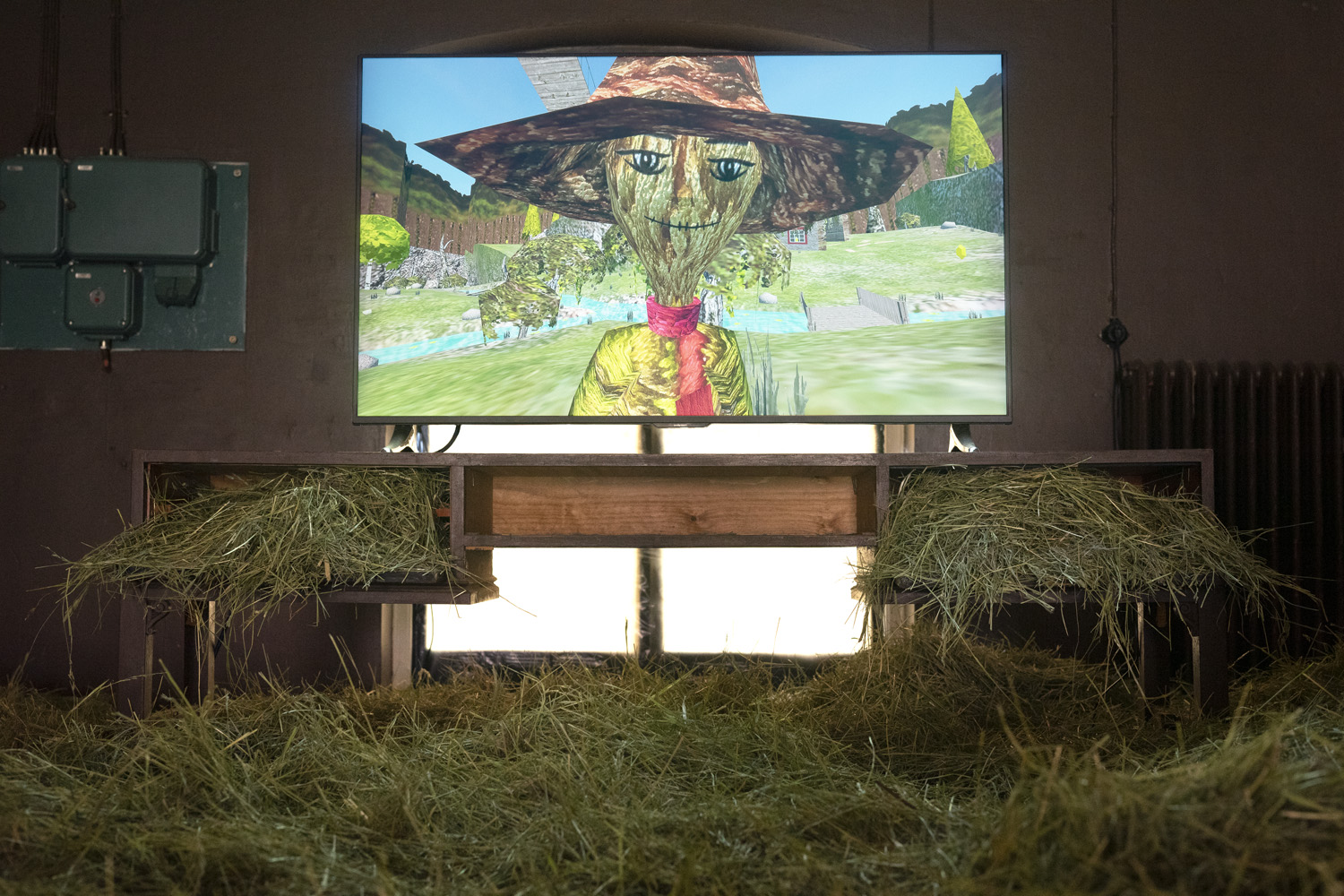
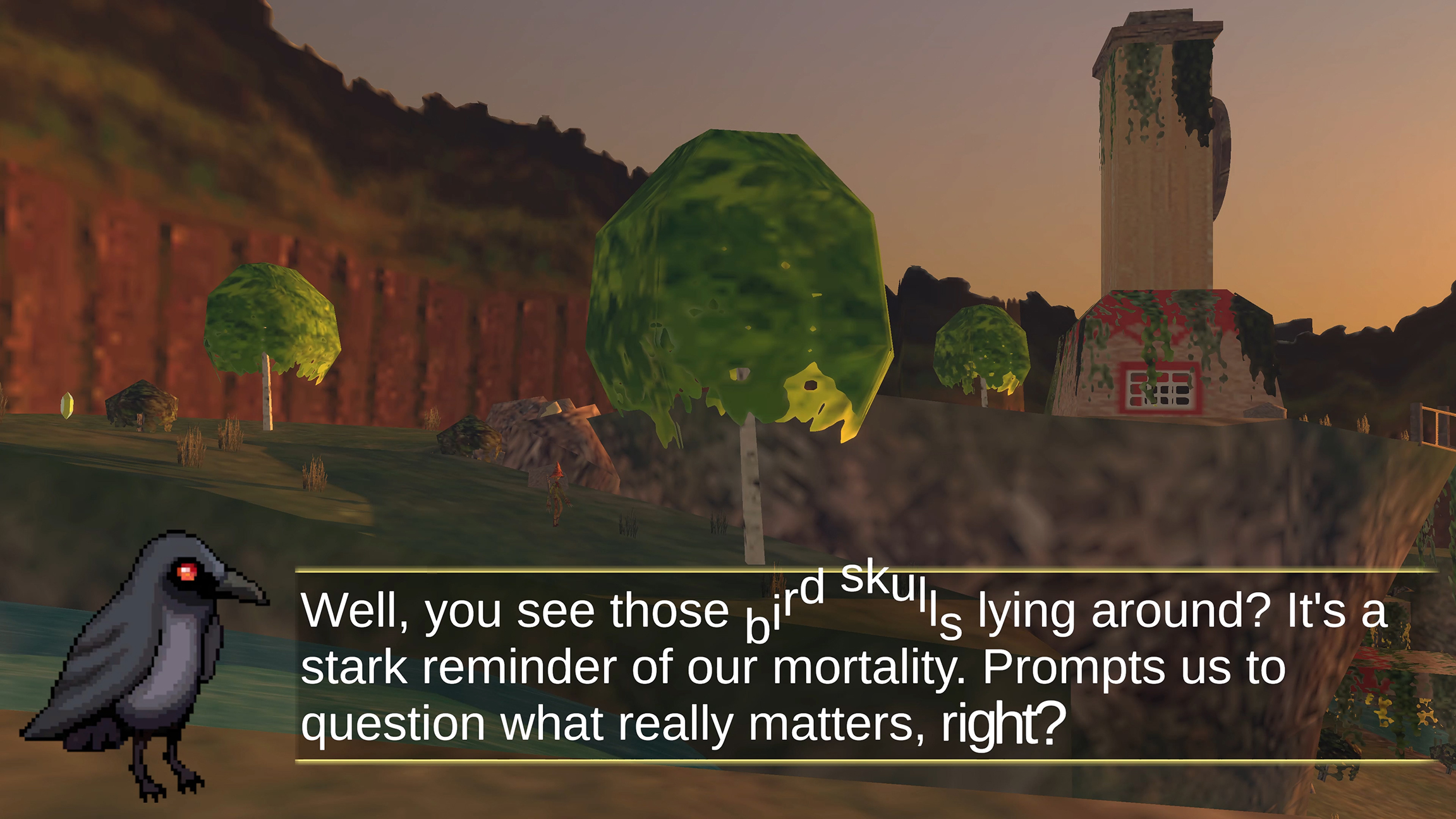
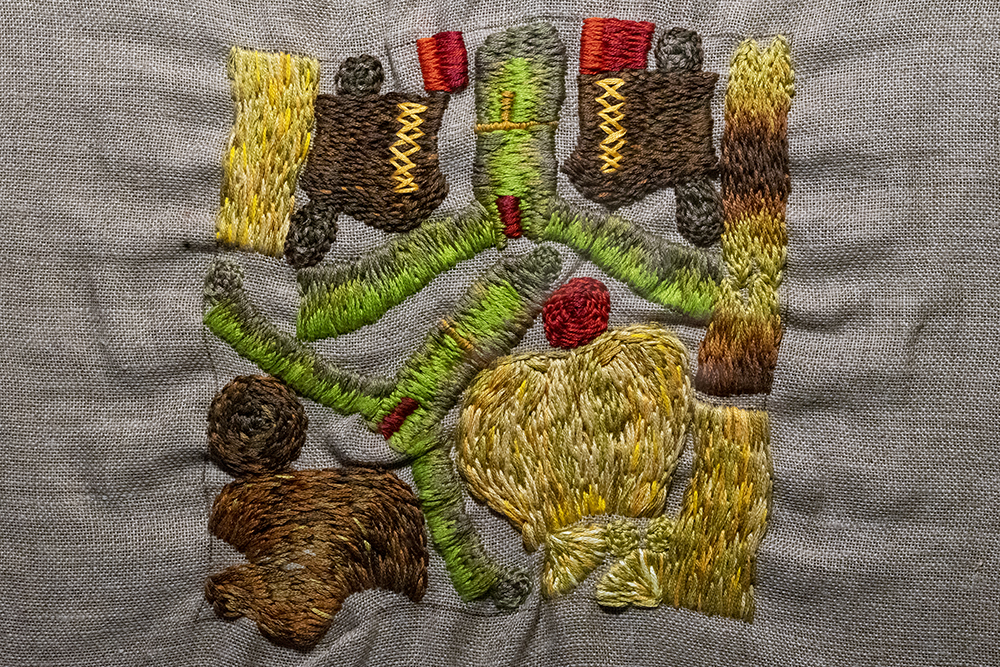
The Corridor
Digital video, installation
Yarn hand-dyed with local wild flowers.
The corridor talks about halftime in football as a metaphor for a potential game plan preventing a climate catastrophe and
how the unity of football culture can hopefully help spread solidarity. The work reflects on the jeopardy of stepping out of‘halftime’ to make action the same as when it comes to action against the rising heat and sea level. The work is made from forest wood and hand dyed yarn from Lupin and Lily of the Valley surrounding Hybrida this summer.
Sigrún Gyða is an Icelandic artist and classical singer based in
Amsterdam and Reykjavík. Her practice seeks to capture the
performative self as a mythical mode to reflect on femininity,
body labour and time where it takes shape in either a perfor-
mative installation, film or a composition.
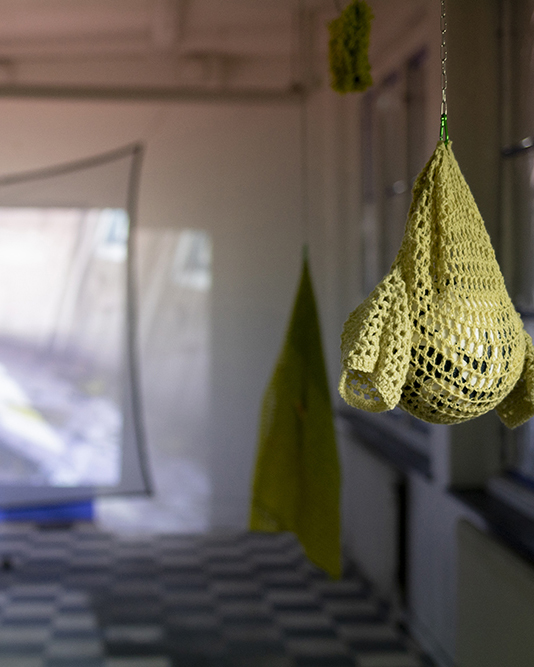
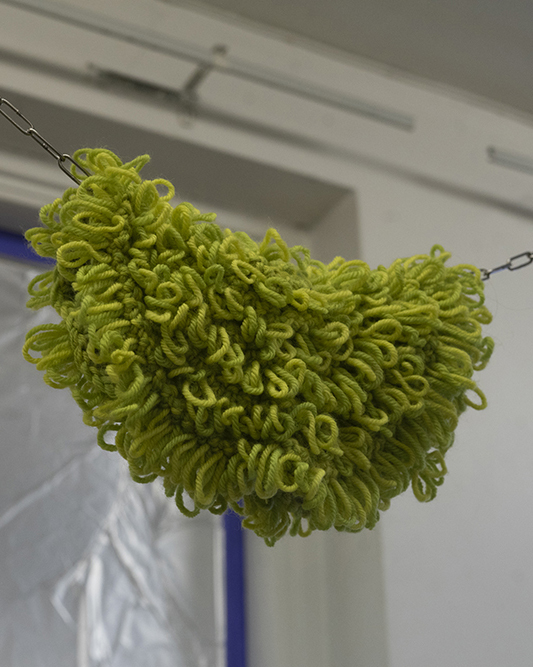

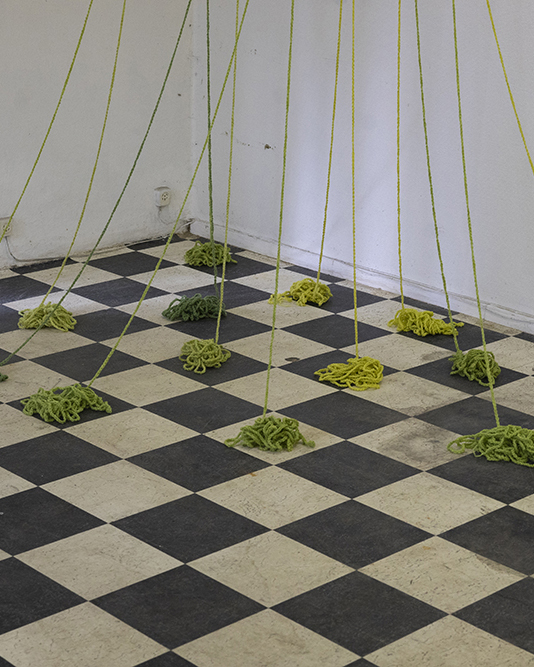
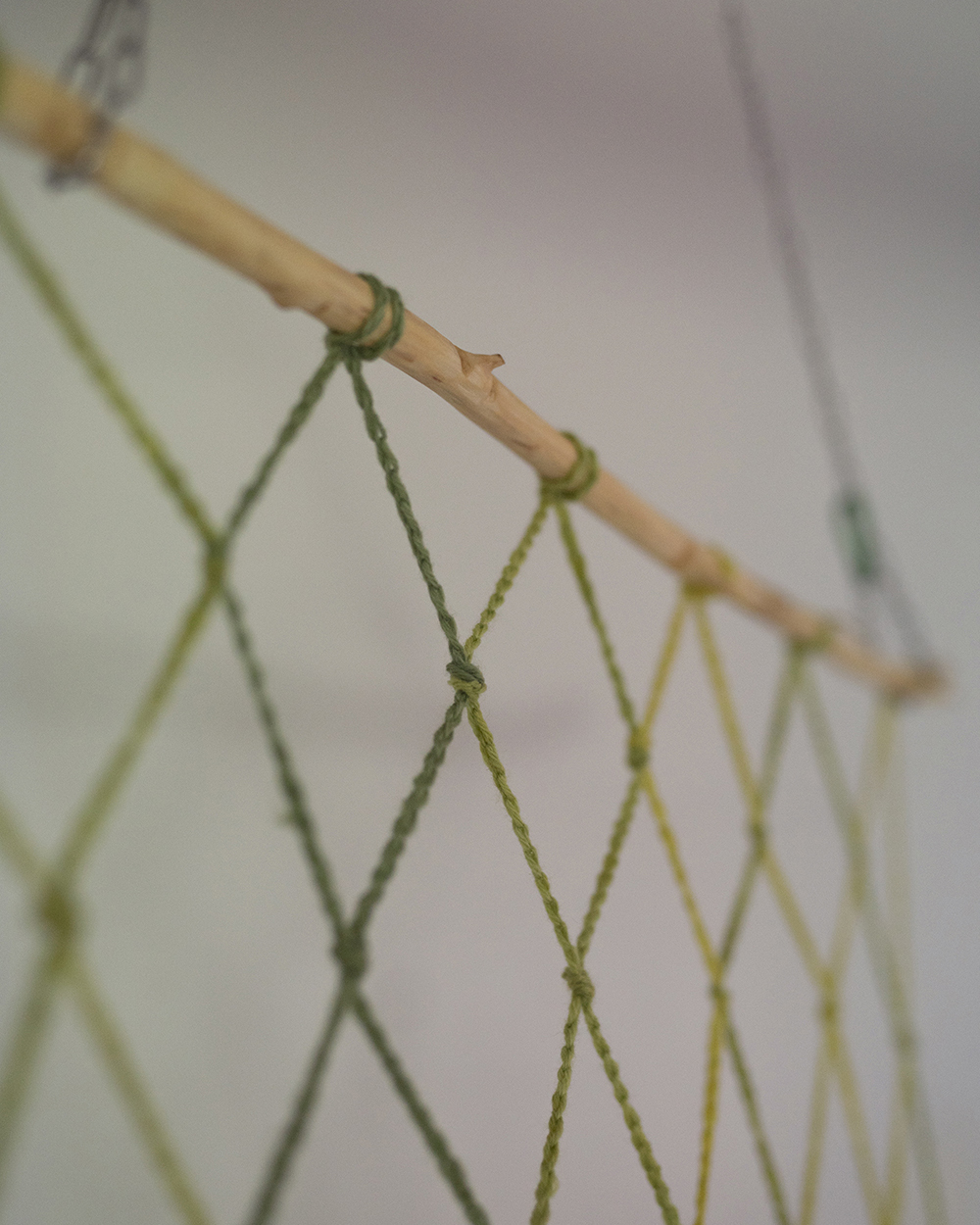
The wheelbarrows’ son
Series of sculptures
Mixed materials
... After passing through a wood, we came to a wretched little village called Neunkirchen, which we found quite uninhabited yet with one house on fire. Here, since it was late, we were obliged to stay all night, for the nearest town was four miles away; but we spent that night walking up and down with carbines in our hands, and listening fearfully to the sound of
shots in the woods around us. We did, however, make use of some of the burning fragments of the house that was on fire for we used them to roast the meat that was prepared for His Excellency’s supper.
Joar grew up in Älvsbacka and besides his art practices he is working with the organisation of Hybrida AIR, the artist residency which the exhibition is part of. He studied in Gothenburg and Amsterdam.
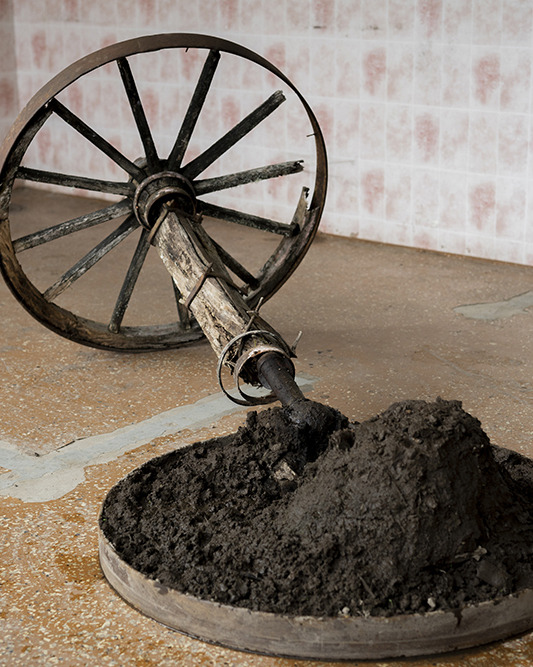

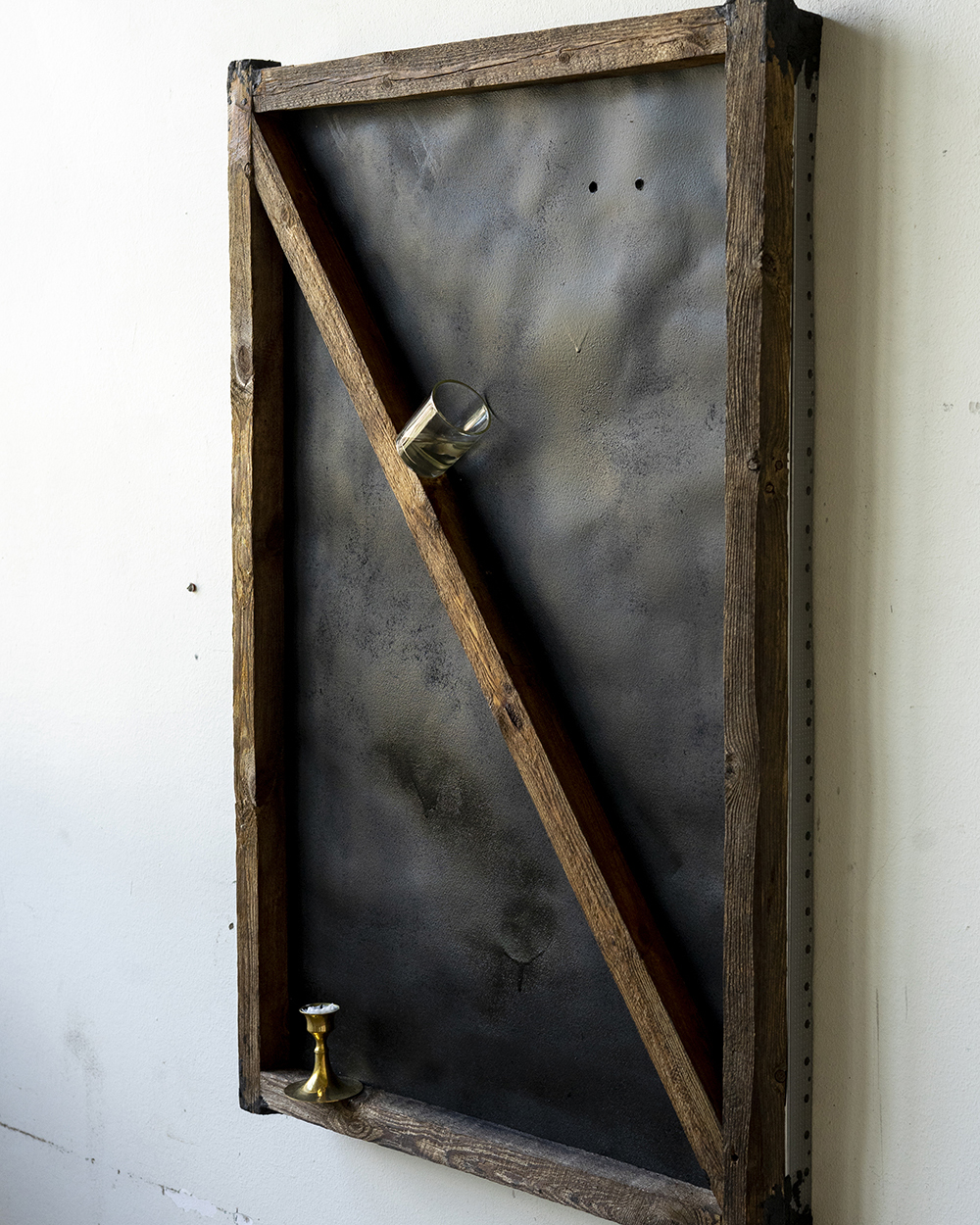
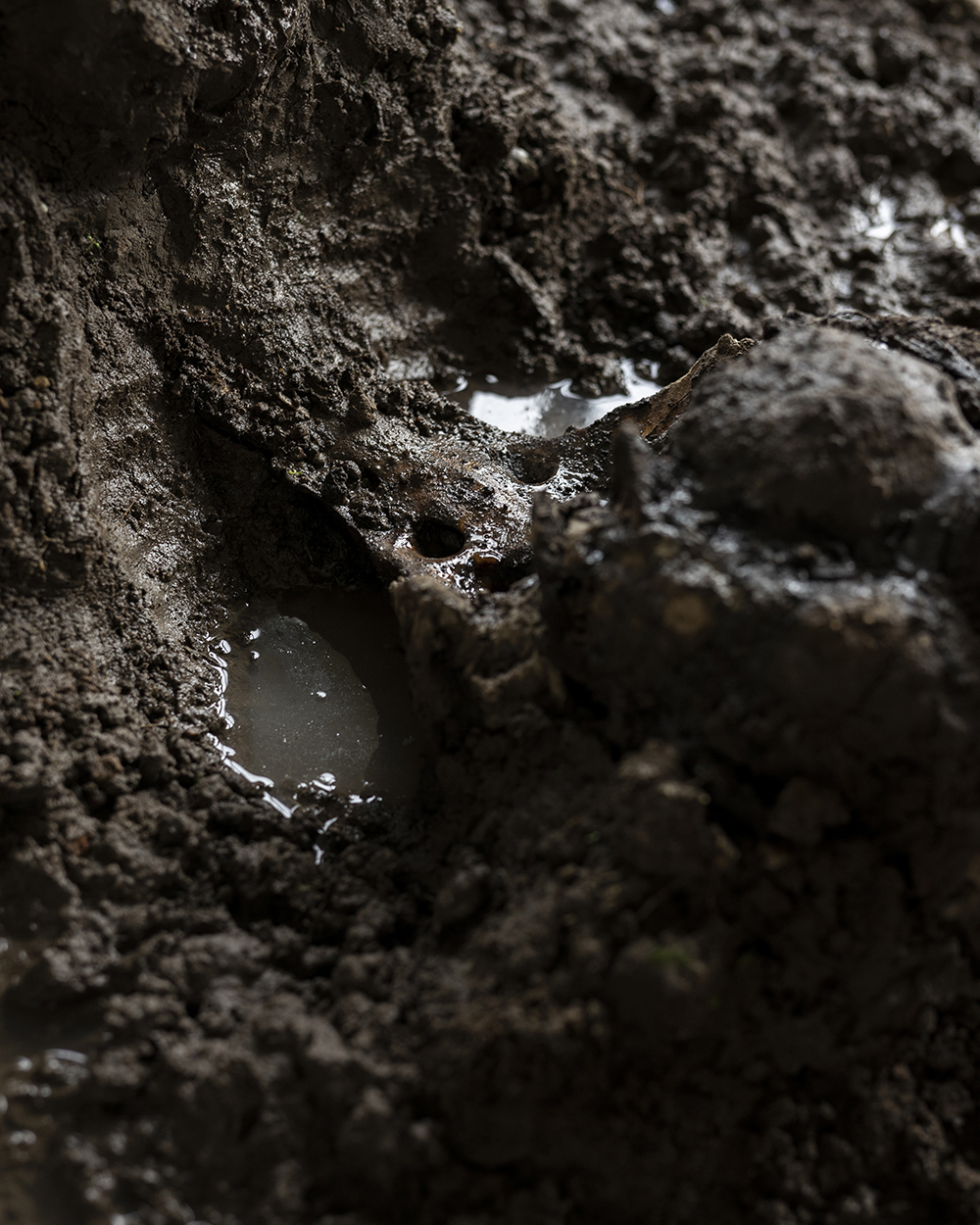
Östra Örten: An Offering
Video, installation
Digital video, 16’
The video work traces the interplay of warmth and absurdity within the bond that develops between two individuals (Giorgos and Bosse) with little knowledge of each other. Moreover it explores the fluidity of the subject’s role, transitioning between being in front of and behind the camera to portray the evolving dynamics of their relationship, which primarily revolves around the act of filming.
Giorgos is a poet, artist, and curator based in Athens. His work explores the dissociative qualities of language and behaviour, and how they interplay to inform states of affairs among people. He has published books of poetry in Greek and English, curated and exhibited in Athens, Amsterdam, Stockholm, and
other cities in Europe.

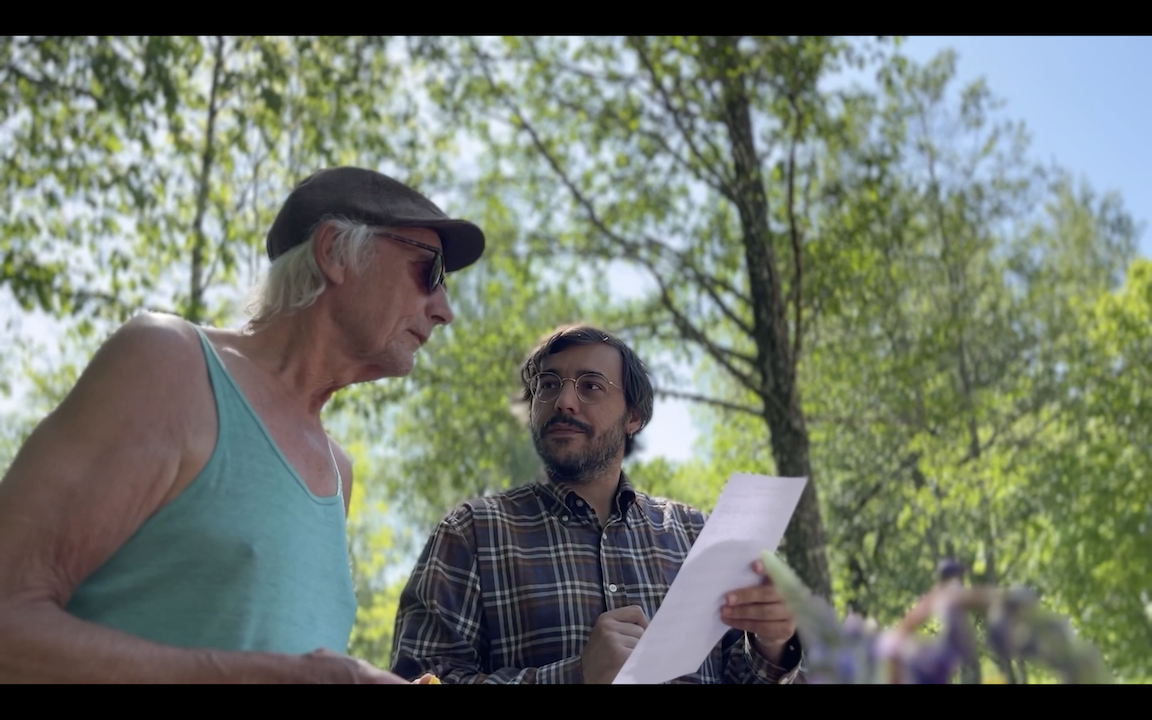
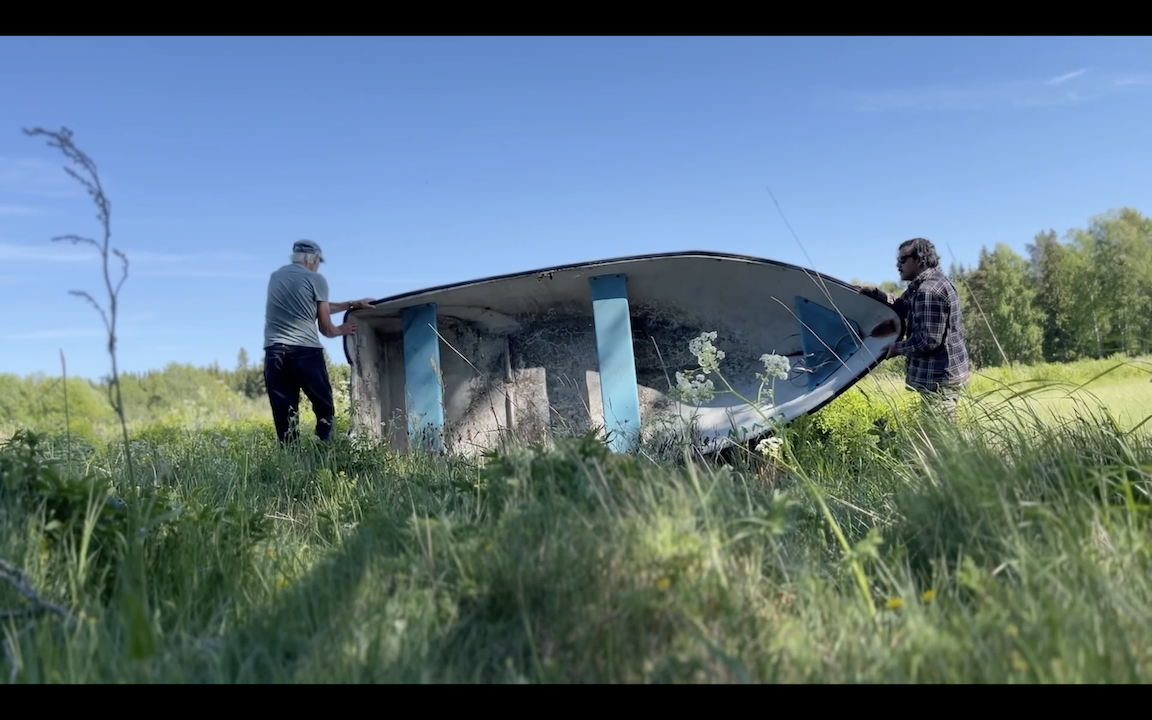
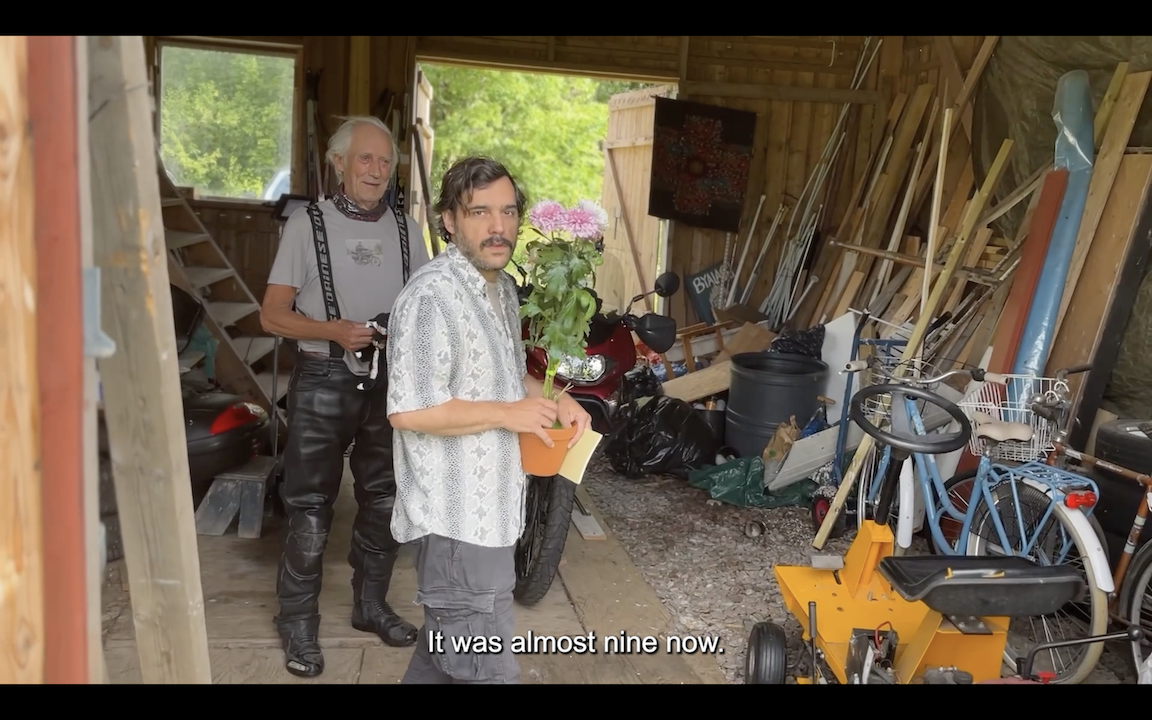

Eos
Drawings, installation
Copper, iron, rust, concrete, fire, chalk.
The installation comprises a series of drawings etched in copper, and sculptural objects composed and carved out of materials gleaned in the area. The ancient Greek deity of the dawn, Eos, is used as a narrative device to map out the landscape of Älvsbacka and follow the traces and networks of light, energy and past industry infrastructure. Images and symbols relating to the sun and non-functional machines are weaved together in the map-like, circular compositions, structured around the
pace of a walk, using conductive materials like copper.
Myrto is based in Athens and Copenhagen. Her individual and collaborative practice revolves around the haunted, sensual aspects of digital and material spaces. Employing metaphors by creating objects, drawings and films, she explores material histories, fictions, and traditions.

